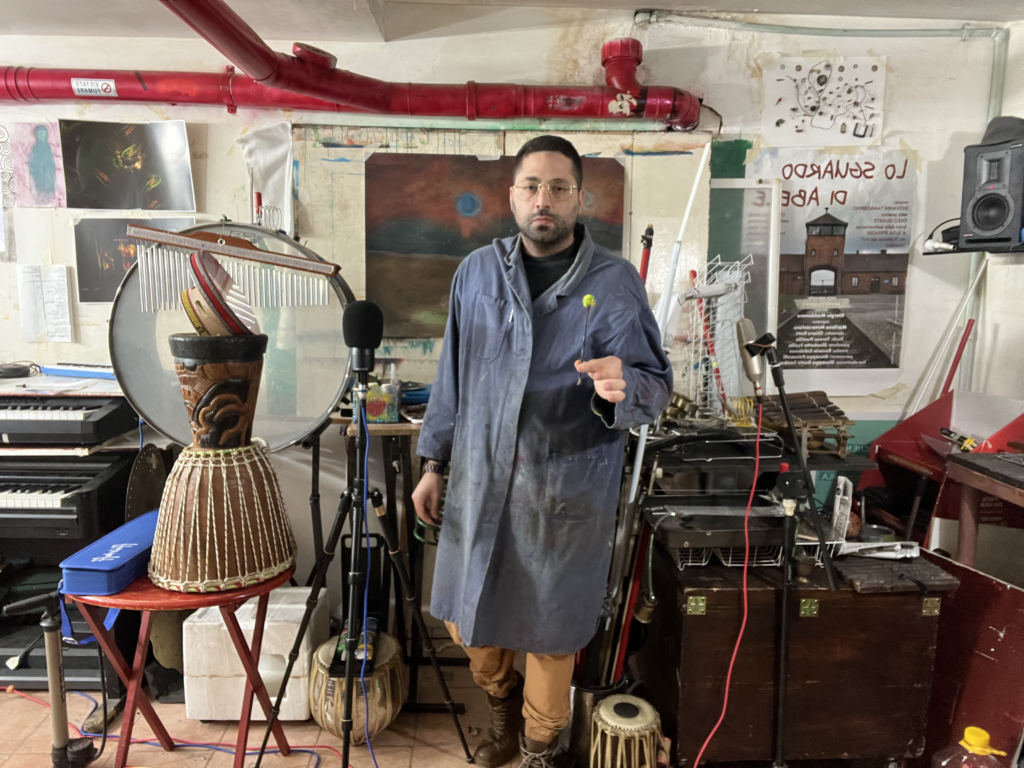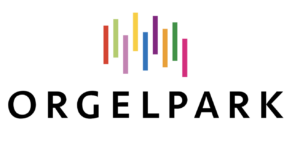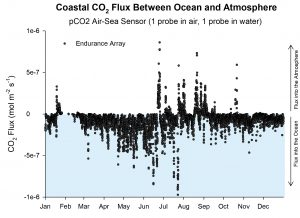Sound artist Roland Kuit has three sonic installations currently showing at the EICAS Museum Deventer in the Netherlands, all of which use Kyma.
ZERO = Language – Roland Kuit
Nonversation – Roland Kuit, 2024
Two video screens, each with an alphabetical circle. The circles are traversed by Brownian Walks to generate random letters. The letters are named on one side by Roland Kuit and on the other by artist Karin Schomaker. The found meaning lies in the process of discovering random synchronicity.
Mass – Roland Kuit, 2024
A laboratory with six thousand table tennis balls representing people using social media. Ideas that are pushed through with good or bad intentions in a chaotic world. Visible in this field, is the movement of this chaos. Chaos will always move towards equilibrium. That is looking for a balance and fixing yourself there. This balance may be called polarization. Fixed, and not free. Then it is up to the attendant or spectator to direct the fan(s) differently as new input of an idea to restart this chaos, until a new balance is found. This repeats as long as there are people willing to share ideas.
Reflections with textless paper – Roland Kuit, 2024
Because people disappear into the bubbles of social media, the news fades. The algorithms of the Internet do everything they can to keep people in the bubble. In this installation one sees the newspaper texts fading, newspapers crumpled and thrown away, torn. Cramming memories of something new. This installation shows that a different reality emerges. The fragility of the works on the wall symbolize our democracy and the rule of law. Values on which one could build. These values, seem to fade, lie on the ground. As a reminder, one hears the crackling, crumpling, crumpling and tearing from the loudspeakers on the wall. Like an infinite loop of fading into something that was once reality.
From 4 February to 26 May
Museum EICAS
Nieuwe Markt 23
7411 PB Deventer









 The flow state (otherwise known as “in the zone”) is what every real-time performer seeks.
The flow state (otherwise known as “in the zone”) is what every real-time performer seeks. 





